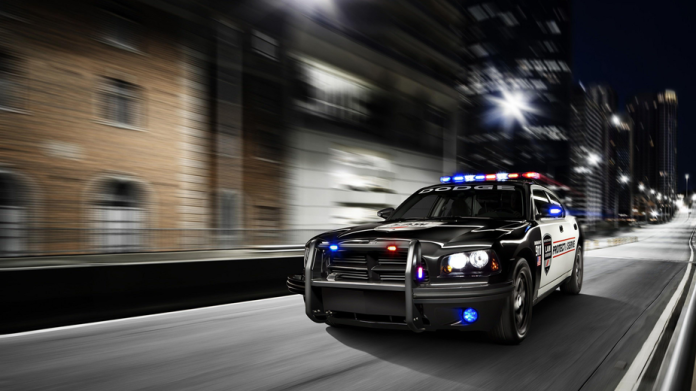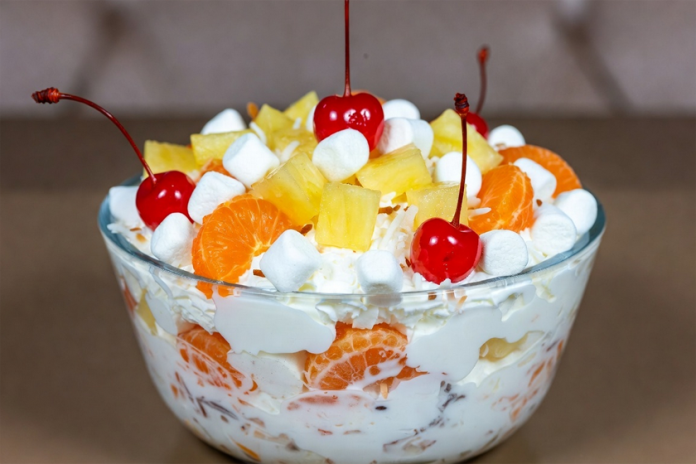The U.S. housing market is clearly cooling, and a modest, drawn‑out price correction is increasingly likely in many areas, but a 2008‑style crash is not what most mainstream forecasts are calling for right now. Outcomes will also vary a lot by city and neighborhood, with some markets seeing flat or slightly rising prices while others may experience multi‑year declines.
What The Current Data Shows
National price gauges are starting to show small month‑to‑month declines, which analysts see as an early sign that prices may be entering a sustained but gradual downturn rather than a sudden collapse. One major forecast now projects U.S. home values to fall around 1–2% from spring 2025 to spring 2026 after previously expecting gains, signaling a turn toward a mildly “bearish” view on prices.
At the same time, some forecasts for the next several years still expect overall national prices to be roughly flat to slightly higher, implying that any correction is more about taking the froth off recent rapid gains than fully reversing them.
Even with recent softening, median sale prices remain dramatically higher than five years ago, so current declines are coming off an elevated base.
Drivers Of A Potential Correction
High mortgage rates relative to the pandemic era have sharply reduced affordability, which is pressuring both demand and prices as more buyers are priced out. Economists point to elevated borrowing costs, economic uncertainty, and signs of a softening labor market as key headwinds that increase the risk of a deeper and more prolonged period of price declines.
On the supply side, inventory has risen compared with a year earlier, and a growing share of homes sit on the market for 60+ days, leading many sellers to cut listing prices or pull homes altogether rather than accept lower offers. This mix of weak demand and cautious sellers is creating a slow‑moving adjustment instead of a sudden flood of distressed sales.
Regional Variation
National averages mask big local differences: some metro areas that became significantly overvalued in recent years are flagged by analysts as more vulnerable to multi‑year price drops. Other regions with strong job markets, structural housing shortages, or continued in‑migration are expected to see prices roughly flat or still eking out small gains despite higher rates.
Because of this, whether “a price correction” shows up where you live will depend heavily on local supply, incomes, and how stretched prices became during the boom. For any personal decision—buying, selling, or investing—focusing on your specific metro’s price trends, inventory, and rent vs. buy math will matter more than the national headline.
On The Local Level
Great Falls has seen modest year-over-year price increases but remains below Montana’s statewide medians.
-
- The median sale price for homes in Great Falls was $319,000 in October 2025, reflecting a 1.8% decrease from the previous year.
- In Cascade County overall, the August 2025 median sale price was $322,304, up 9% year-over-year, with single-family homes at $333,993 (up 11.5%) and condos/townhomes at $245,265 (up 42.4%).
- The average home value in Great Falls stands at $327,711, up 6.2% over the past year, indicating resilience in property valuations despite sales price dips.
- Median list price is $429,500, with a price per square foot of $193.80—both below national ($432,980 and $212.30) and Montana statewide ($650,000 and $306.40) figures.
Note
Some sources, like Movoto, report a higher median sale price of $413,750 for October 2025, but this appears inconsistent with other data and may reflect a broader area or different methodology.
Current Local Market Conditions
-
- Days on Market: Median DOM in Great Falls is 51 days (up 3 days YoY) per Redfin, or 56 days per other estimates, with a higher 84 days reported recently—exceeding the national 77 days.
- Price Reductions: Nearly half (45.7%) of sellers cut prices in the week ending November 7, 2025, while only 0.4% raised them, signaling properties are lingering and buyers have more leverage.
- Underlying factors include slow sales absorption, rising inventory, and economic uncertainty, contrasting with Montana’s overall fluctuating market.
Housing Forecasts and Outlook
Earlier 2025 predictions suggested a 5-8% price increase in Great Falls due to low inventory, but recent trends point to cooling, with statewide uncertainty from shifting interest rates.
A moderately competitive market is anticipated, though the high rate of price cuts suggests potential for further buyer advantages if inventory continues to build.
For the broader market with regard to U.S. housing, existing-home sales dipped slightly in May 2025, which may influence local dynamics.





